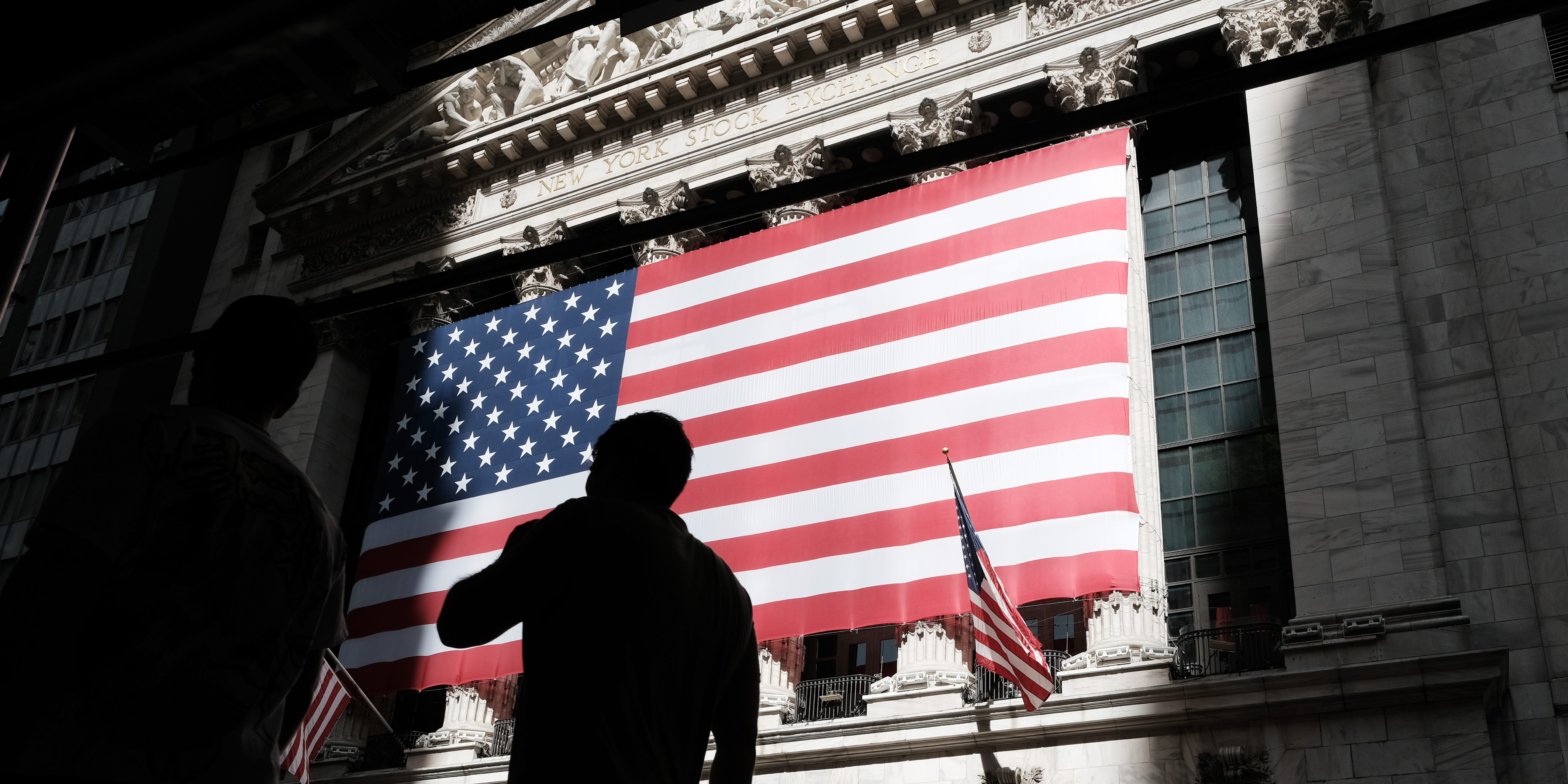As the Fed’s tightening cycle nears an end, markets are entering a “Post-Fed world.” That’s where monetary policy will be less important to market psychology, DataTrek said. The research firm sees four potential drivers of the new investment landscape. Loading Something is loading.
Thanks for signing up!
Access your favorite topics in a personalized feed while you’re on the go.
The Federal Reserve’s year-long effort to fight inflation through aggressive rate hikes appears to be near its end, and that sets up a new landscape for investors, according to DataTrek Research.
“Markets expect the Fed to cut rates later this year, and even the [Federal Open Market Committee] believes we are near the end of the current rate cycle,” DataTrek’s co-founder Nicholas Colas wrote in a note Friday. “We are entering a ‘Post-Fed’ world, where monetary policy decisions will be less important to market psychology.”
DataTrek noted that as the Fed slowed its hiking pace late last year and early this year, S&P 500 volatility declined. And now amid worries about the global banking system, investors are betting on a pause in rate hikes in May that could lead to rate cuts as early as June, according to the CME FedWatch tool.
Rate cuts can provide upside support for stocks. But the concept in behavioral economics called Prospect Theory “reminds us that investors overweight the fear of loss,” said Colas. “Having been hurt by last year’s market action, they will likely remain skittish even as we move into a new investment paradigm.”
In a post-Fed world, Colas suggested four factors could shape the investment landscape:
1) Earnings will become more critical
Despite the Fed’s string of big rate hikes, corporate profits remain very strong, said Colas, keeping the S&P 500 closer to 4,000 instead of 3,000.
In fact, S&P 500 companies should earn $50 a share in the first quarter of 2023, which would be 22% more than its pre-pandemic quarterly run rate in 2018-2019.
And for the year, S&P 500 earnings are likely come down by about 10% to a still-healthy $200 per share, according to DataTrek.
2) Sectors and stocks will be less correlated
Sectors and stocks have already started moving more independently of each other, which reduces overall market price volatility, said Colas. That’s why investors were seeing Wall Street’s so-called fear gauge, the CBOE VIX Index, moving down to near its long-run average of 20.
The index has come off this year’s peak above 26. A VIX value of more than 30 signals heightened volatility while values under 20 are usually linked to stability.
3) A weaker dollar will be positive for non-US stocks
The US dollar this year is losing ground against major currency rivals as the Fed’s rate-tightening cycle may be done soon, and US yields are stabilizing. The US Dollar Index so far this year was down about 0.4%.
“Markets see a softer greenback as a powerful signal that global investors see better opportunities outside the US,” said Colas.
Dollar strength tends to hurt revenue made in international markets by US companies, and the value of their international sales is cut when converted back to dollars.
4) Other issues will get more attention
Colas said the transition to a post-Fed investment landscape will take several more months – at least. In the meantime, DataTrek noted the SPDR S&P Bank ETF and the SPDR S&P Regional Banking ETF made new lows Friday
So despite the government’s efforts, the shakeup in US banking after the collapse of Silicon Valley Bank is a key issue investors will be closely watching.
“Whatever Treasury Secretary Yellen and Fed Chair Powell are doing publicly and privately to help stem market concerns is very clearly not working,” said Colas.
